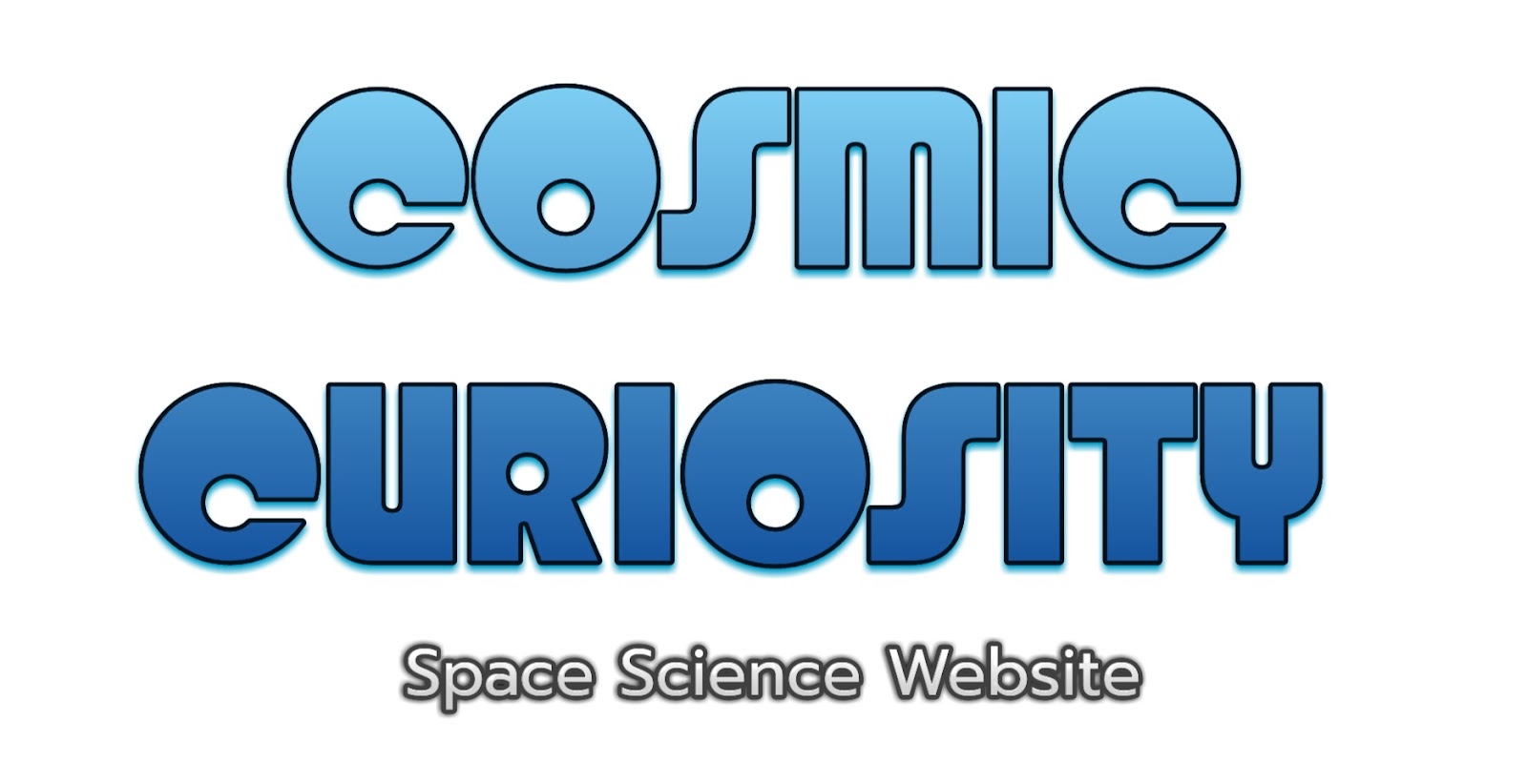Moon Missions||Exploration & Discovery
 |
| Moon Missions||Exploration & Discovery |
Moon Missions||Exploration & Discovery
Moon Missions: A Historic Journey of
Exploration and Discovery
Since the dawn of humanity, humans
have gazed at the Moon with wonder and curiosity. Over the past century, this
curiosity has led us on a journey of exploration and discovery, culminating in
the historic Moon missions of the late 20th century.
The first human to step foot on the
Moon was Neil Armstrong, on July 20, 1969, as part of the Apollo 11 mission.
This mission was the result of years of scientific research and technological
development, as well as an intense competition between the United States and
the Soviet Union for dominance in space exploration.
The Apollo program consisted of a
series of manned missions to the Moon, with six successful landings between
1969 and 1972. These missions allowed us to learn more about the Moon than ever
before, including its geology, atmosphere, and potential for supporting human
life.
One of the most significant
scientific discoveries from the Apollo missions was the confirmation of the
Moon’s origin. Before these missions, there were several theories about how the
Moon formed, including that it was a captured asteroid or a chunk of Earth that
had broken off. However, the samples brought back by the Apollo missions
revealed that the Moon was formed from debris left over after a Mars-sized
object collided with the early Earth.
In addition to these scientific
discoveries, the Moon missions also had a profound impact on human culture and
society. They inspired a generation of scientists, engineers, and explorers,
and brought people around the world together in a shared sense of wonder and
awe.
However, the Moon missions were not
without their challenges and risks. The technology of the time was limited, and
the astronauts faced numerous dangers and difficulties on their journeys. The
tragic loss of the crew of Apollo 1 during a launch rehearsal in 1967 was a
sobering reminder of the risks involved in space exploration.
Since the end of the Apollo program,
there have been few manned missions to the Moon. However, there has been
renewed interest in exploring our nearest celestial neighbor in recent years,
driven by advancements in technology and the growing recognition of the
potential scientific and economic benefits of lunar exploration.
In 2024, NASA plans to send the
first woman and the next man to the Moon as part of the Artemis program. This
program aims to establish a sustainable presence on the Moon, with the ultimate
goal of sending humans to Mars and beyond.
The Moon missions of the past and present remind us of the power of human curiosity, ingenuity, and determination. They have opened up new frontiers of knowledge and inspired us to reach for the stars. As we continue to explore and discover, we can only imagine what wonders and mysteries lie ahead.






No comments